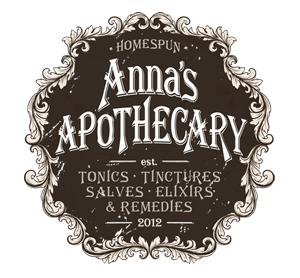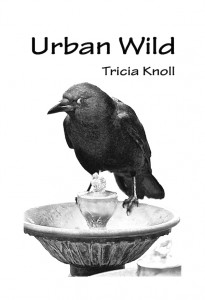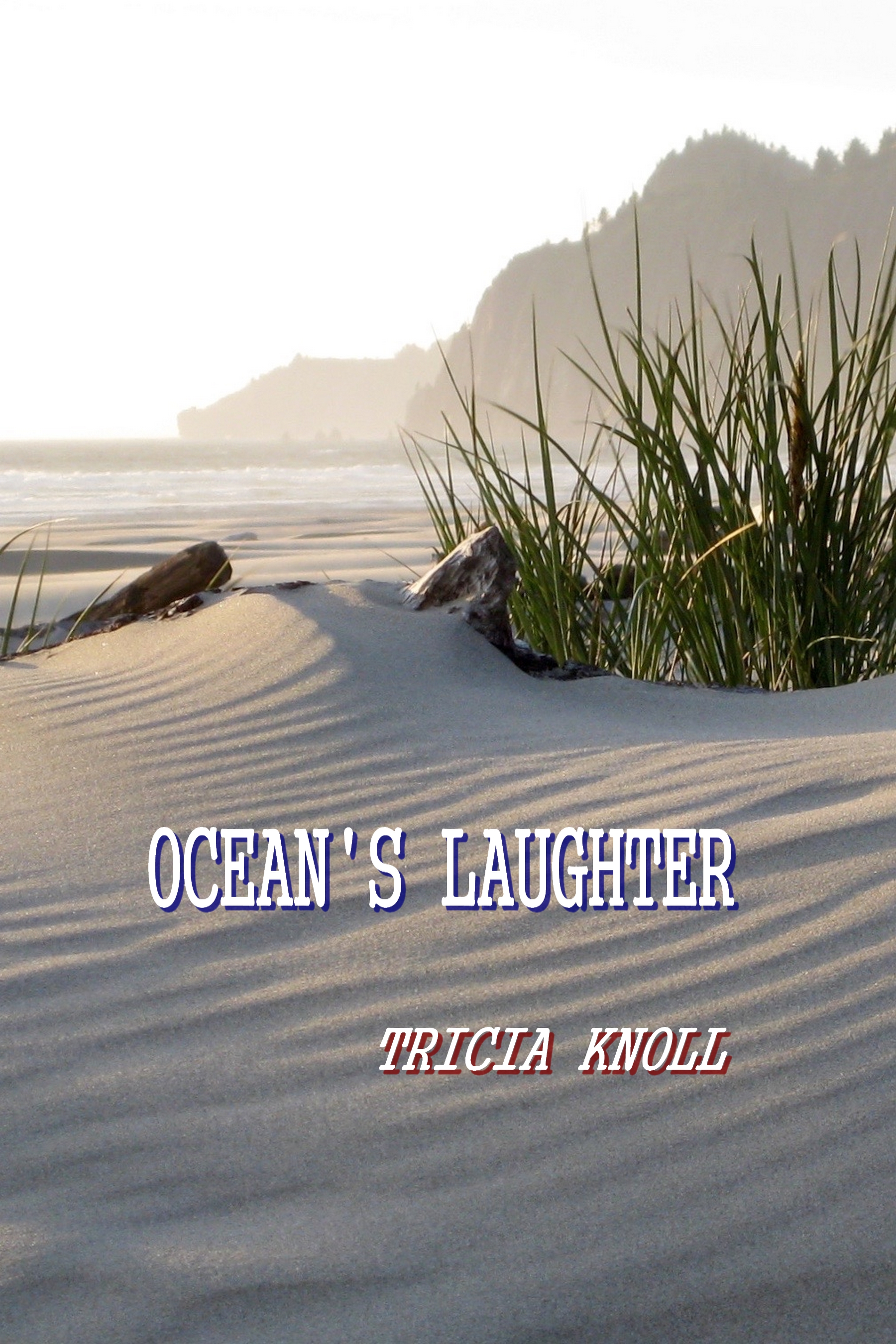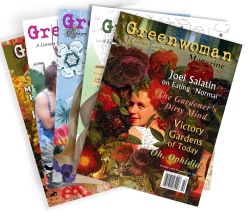
Betta splendens (image from 123RF)
This is something a little different. It’s not about gardening; it is, however, about the mysteries and wonders of nature.
A true story I wrote some years back about love among the fishes . . .
—Sandra Knauf
Rainbow’s Bride
“She’s going to kill him. You need to separate them,” Mom said.
“I don’t know. Maybe I should check around, ask first.”
On her phone, Mom couldn’t see what I did—that the possibility of mortal danger, had passed, at least for now. “What I’ve heard,” she said, in her slightly southern accent, “is that they’ll kill each other.”
“But I don’t want to take care of two bowls.”
She ignored my comment. “When I had that tank in Missouri, that’s what the man at the pet store told us. And he was right. We didn’t even have another Betta for him to fight with, but that didn’t stop him, he started biting off the fins of the other fish!”
I imagined Mom loading the dishwasher (or doing something else, she was always multi-tasking), her blue eyes animated, her expression certain. We looked alike, but that’s where it ended. She was hotness and surety; I, coolness and doubt. “This is different, Mom. I have a male and female. It’s just the two of them.”
“If she’s chewing off his fins,” Mom declared, “she’s going to kill him.”
* * *
“Him” was Rainbow, our second Betta splendens, or Siamese fighting fish. Selected and named by our seven-year-old daughter, Lily, he was last summer’s spontaneous fish buy at a local big box. I approved the purchase for two reasons; one, she’d asked for a fish, instead of a toy, and I was a big fan of real life experiences (hence our five backyard chickens, two dogs, and rescued canary), and two, our previous fighting fish did not live up to his name, at least when it came to survival. I figured Rainbow, handsome as he was with his metallic blue and red coloration, would not be a long-term house guest.
He proved surprisingly hardy. Lily’s chore was to feed him, and I cleaned his gallon-sized, bubble-shaped glass bowl. Every few days Rainbow and I went through the same routine; I’d chase him briefly until I captured him in his original plastic cup. He’d react claustrophobically, fins waving maniacally, darting around like he was looking for the secret passageway out. While he waited in semi-panic, I’d swoosh out his habitat’s fetid water, scrub the bowl, refill it (gauging the water’s temperature by feel), add the magic de-chlorination stuff, and slide him back in.
He always seemed pleasantly surprised at the change in pollution level, delighted with the new air bubbles. It must be boring, I’d think, in that bowl every day, though I’d read that Bettas actually thrived in tight spaces. A book I’d shared with our two young daughters said that they were gathered from the street gutters of Thailand for export. Still, his life seemed lonely, uneventful, sorely lacking.
I tried to make his solitary life more interesting. At summer’s end, I floated a water hyacinth from our small backyard pond in the bowl. Rainbow swam among the tangle of roots until the plant decayed and I had to throw it out. Then I added a bare-root elephant ear plant, but it, too, fouled the water. Since I work at home, sometimes I’d take a minute to tease him with the tip of my finger on the glass, making him follow it in defense of his territory. Approaching the pink, faceless invader, he’d spread his fins wide and flare his gill covers. Through the magnified glass his head became huge, in a theatrical fish-Kabuki way, and quite menacing. I thought about getting him a mirror so he’d have someone to challenge daily, but changed my mind. Being on the defense is not the same as companionship.
We’d had him for almost a year when my husband, Andy, brought home a trio of bamboo cuttings he happened to find in the markdown area of the grocery store. I added them to the bowl, thanking Andy for the Far East plants, a clever addition.
“That bamboo should only be in an inch or so of water,” my mom pointed out on her next visit.
By summer vacation, our daughters had another strategy—we’d search for a real companion for Rainbow, a girl Betta, a mate. On the big day, Zora, eleven, had her turn; she would choose Rainbow’s bride. She selected a small peachy-white fish with short blood-red fins and gill slits. Though not as peacock dramatic as the long-finned males of the species, she had two unusual markings—a small black spot on her back, near her tail, and an opalescent blue patch just under her dorsal fin. The girls named this charming female Cloud. I secretly hoped she’d be as hardy as her bowl mate.
I tidied the bowl for their big date, and we gently delivered her into the clear water. Immediately, Rainbow flared his gills and fins and went after her, all fiery red-cobalt blue fury. Cloud fled to the drab pebble covered bottom and stayed there, still, as if she were hoping to camouflage herself or fly the white flag, while Rainbow hovered above her, brooding, majestic, his draping fins floating beneath him like a silk kimono. Each day we checked to see if she was moving around freely. Rainbow would not let her. The male Betta, a merciless bully, chased her anytime she dared to stir, his gills flared, fins flashing, seemingly furious.
“Oh, he’s horrible!” squealed the girls. “Get her away from him, he’s so much bigger than her.”
“Let’s wait,” I said. Though I didn’t voice it, I thought he probably wasn’t that much bigger, though his fins made him appear thrice her size.
Once Cloud stayed so long at the bottom I thought her dead, but she was only, once again, playing fish-possum, the opalescent patch on her back gleaming. She seemed to have no injuries but my conscience prickled. Had I sent her to an evil fate? I imagined an Asian romance. Cloud, a young geisha, thrown into the fortress of a handsome, yet aging and cranky samurai, forced to wed. How she must despise him, I thought.
Several days later, about a week after Cloud came to the bowl, the weather changed. My daughter Zora was the first to notice Rainbow’s long fins. They looked shredded. Soon I witnessed Cloud in action. She chased him, nipping his long, lovely fins mercilessly with her tiny, down-turned mouth. When she made contact, he’d jolt, as if shot through with electricity. A part of me cheered for her, for Rainbow’s bride-turned-bride of Frankenstein, but for the most part the display horrified me. I sprinkled in more dried bloodworms, their preferred food, wondering if hunger could be the provocation. No, she had a hunger, but not for food. She chased him relentlessly, rarely giving him a rest. Over a few days’ time, his fins became more and more ragged, now like silk kites tattered by a treacherous wind. I wondered if he bled. If he felt pain.
“You should separate them,” the girls cried. Now they were on the other side, witnessing the havoc one small damsel could wreck.
“Maybe I will,” I said.
* * *
While my mother often gave great advice, she wasn’t always right (though she often thought she was.) After our “she’s going to kill him” conversation, I decided to seek an expert opinion.
The girls and I visited a nearby pet store, another chain store, and I cornered a clerk near the aquaria.
“Um, I’m not really sure how they get along, the males and the females,” said the pasty-complexioned teenager. He wielded a fish net, scooping out goldfish for another customer, who had a turtle to feed. Zora and Lily were a little upset to learn the goldfish wouldn’t be the turtle’s friends, but his meals. “The only thing I can tell you is that I know a lady who collects Bettas, has a whole row of them on her fireplace mantle in their little bowls. She says she moves them around if they don’t get along, and lots of times they don’t.”
Okaaaay, I thought, that tells me nothing. The fish-catcher smiled politely, hoping I’d be satisfied. I pressed him for more. There wasn’t any. The book I had at home gave no insight either. While it may sound macabre, I had a secret scheme. I wanted to see how the water opera would play out. Would Cloud go as far to try to kill Rainbow? Would I be able to rescue him in time if she did? Sick or not, I wanted to find out. I held my breath and kept watch.
Over the next days, Rainbow’s fins grew shorter and shorter, until they matched Cloud’s in size. Just as I expected, he wasn’t much larger. Then one afternoon he seemed sluggish. A guilty queasiness washed through me. This is it, I thought, he’s mortally wounded and I’m responsible. I have caused this. All that afternoon I was miserable. I knew, without a doubt, that the ASPCA or PETA would be justified in hauling me off to animal cruelty jail.
Then, the next morning, the barometer changed again. Rainbow seemed fine. My gloom lifted as I watched them swim to the top together, side by side, for their feeding. Practically chummy.
“I think the fish are getting along,” I told Andy, as I peered into the fishbowl after breakfast, “now that his fins are short.”
“Now that she’s castrated him, you mean,” replied my mate, who up to this point had been mute on the whole unfolding drama. I watched him sitting at the head of the table, drinking coffee, reading the paper. He took a sip from his mug and grinned naughtily at me.
“Ha, ha,” I said. “Yes, it probably doesn’t have anything to do with equality.” Our twenty-year marriage had taught me volumes about the male-female power struggle. At times I would feel almost sympathetic toward Andy, in his own fishbowl with a trio of regularly dramatic females (and a mother-in-law). Then, I’d come to my senses.
As I watched the Bettas, optimism filled me. Sure, the honeymoon was a little rocky, but it seemed like they may have settled into married life. I noticed something else. Cloud seemed to bulge a bit around the middle. It’s probably my imagination, I thought, and didn’t mention it.
Several hours later, on the phone with Mom again, discussing the pros and cons of letting elementary-aged children watch PG-13 rated films, I happened to glance at the bowl. Rainbow was draped over Cloud, his body curved as if in rigor mortis.
“Oh, no,” I said, jumping up from my chair in an uncharacteristic panic, “something’s going on with the fish.”
“Is he dead?” Mom’s voice echoed my alarm, with only the slightest tinge of I-told-you-so anticipation.
“I’ll call you back.” I hung up and raced to the bowl. Rainbow’s body was indeed curved, arching over Cloud’s, and, upon closer observation, I saw that she was turned upside down, her body curved as well. Together they made a skewed yin-yang, round eyes embracing the essence of one another. They seemed motionless, except for the tiny quivering of Rainbow’s tail fin. Soon they separated and Cloud, now lying sideways, motionless, curved, as if in a state of paralysis, began to drop whitish tiny eggs from her vent.
As they drifted down, Rainbow, now completely animated, swam below her and caught them in his mouth. One, two, three, four . . . he gathered them, then headed upwards, where he gently blew them out on the top of the water. There they nestled in a line of translucent bubbles that had not been there that morning. Again the fish came together in their yin-yang embrace, again the eggs were dropped, gathered, and gently placed in their bubble nest.
During the mating, I called the girls in to see.
“Mom, this is gross,” Zora said.
“Oh, it’s sorta interesting,” said Lily.
“It’s beautiful.” I sighed, caught in the wonder of it all.
The egg laying went on for a couple of hours, until scores of tiny roe encircled the bowl.
All along we had been witnessing not an underwater prelude to murder but an intense courtship. I knew now that I had sensed something strangely familiar in the love dance, one of seeming aggression, one that brings a male and female together for their ultimate purpose—the creation of new life.
I stood at the bowl and smiled, pleased that I followed my instincts, and honored to be a witness in this marriage among the fishes.
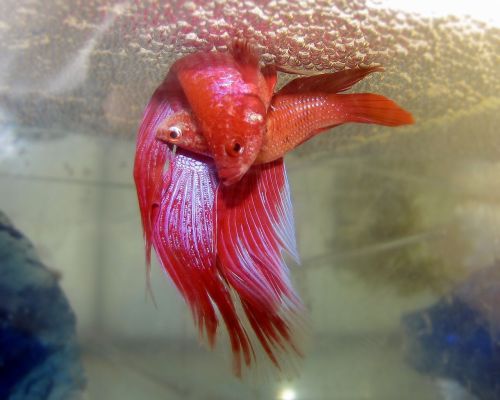
Betta splendens, spawning. From Wikimedia Commons.
Epilogue: After this event I researched raising Betta splendens and learned that it was tricky to hatch these eggs in captivity, even with the proper environment. We only had the bowl set up and they really needed to be in a aquarium with a cleaning filter and a bubble wand, and a clean environment was a must (bacteria is a danger to the eggs and fry). So, the outcome wasn’t good. I didn’t have the time or the money to attempt to save this surprise clutch of eggs and the nest disappeared on its own after a few days. (Yes, it was sad.)
Rainbow and Cloud’s relationship didn’t last, either. She became aggressive again and for his safety they had to be separated.
It was an intense but brief romance.

















